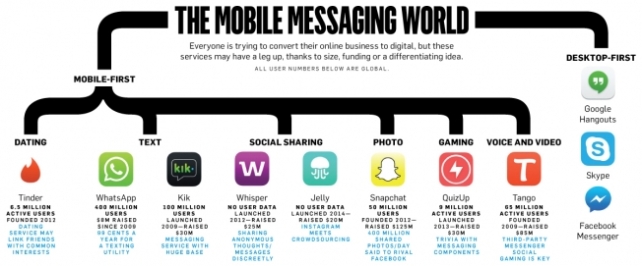“This is the first year that consumers have started to decouple the notion that content from a particular source [must be viewed] on a different device,” said Gerald Belson of Deloitte.”
The rapid adoption of the tablet (iPad, Kindle, Galaxy, or whichever other you fancy) is changing the way consumers are, well, “consuming” content, according to Deloitte’s eighth annual “Digital Democracy Survey.” As a result, consumers have expressed more interest in consuming programming on different devices and from different sources. What it means is, multitasking is on the rise — which can be good or bad for us as marketers.
Marketing to multi-screen users requires a unique balance of consistency and collaboration between different types of devices to relay a singular message. Or, as ANA’s Bill Duggan put it, “The industry needs to adopt measures that are consistent, comparable, and combinable across screens to provide a complete picture of a campaign’s effectiveness.”
Here are four tips for mastering the multi-screen domain:
- Strive for consistency: Think about second- and third-screen experiences and how best to interact and engage consumers seamlessly whether they’re using multiple devices consecutively or concurrently.
- Create mobile-friendly content: Simply moving a laptop-designed ad over to mobile may not work. And, if it isn’t viewable and pretty, consumers are going to lose interest pretty quick.
- Consider focusing on different aspects of your brand: You can still say, “We’re <insert brand of choice here>,” without using the exact same content. An ad for a Big Mac may look awesome on a tablet, while French fries look better on a smartphone.
- Connect with consumers: If you’re sponsoring an event, consider creating an advergame or other interactive content that promotes your sponsorship, but in a new and refreshing way. A great example of this is American Idol’s highly-interactive web content that plays right along with the weekly television shows.
One thing’s for certain: There are more and more channels clamoring for our marketing dollars every day. Multi-screen marketing is an opportunity to reach consumers where they are and tie all of our campaigns together.


